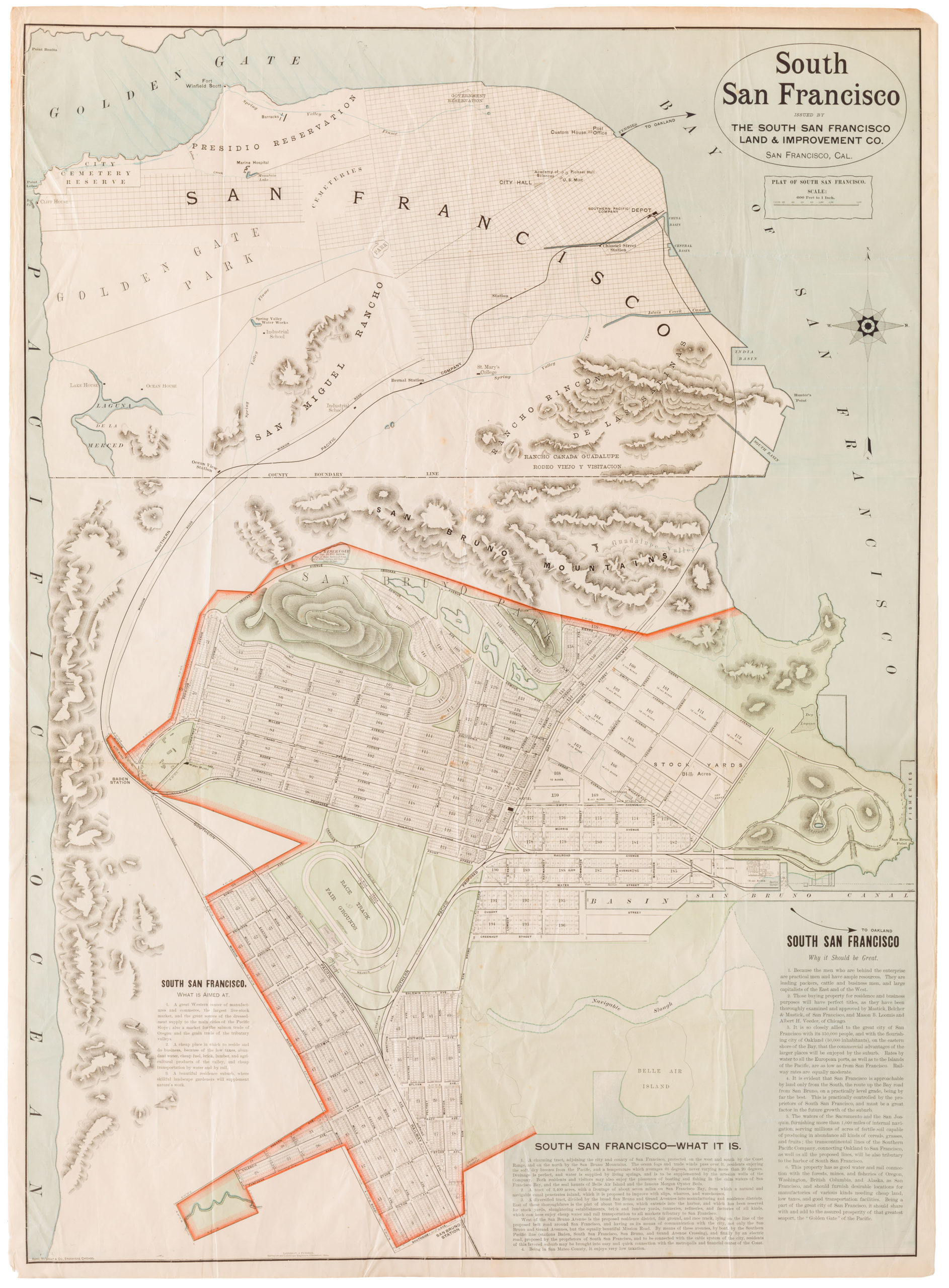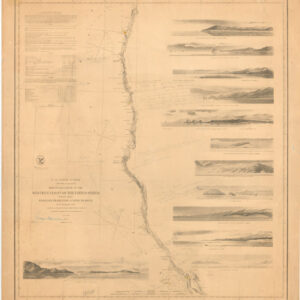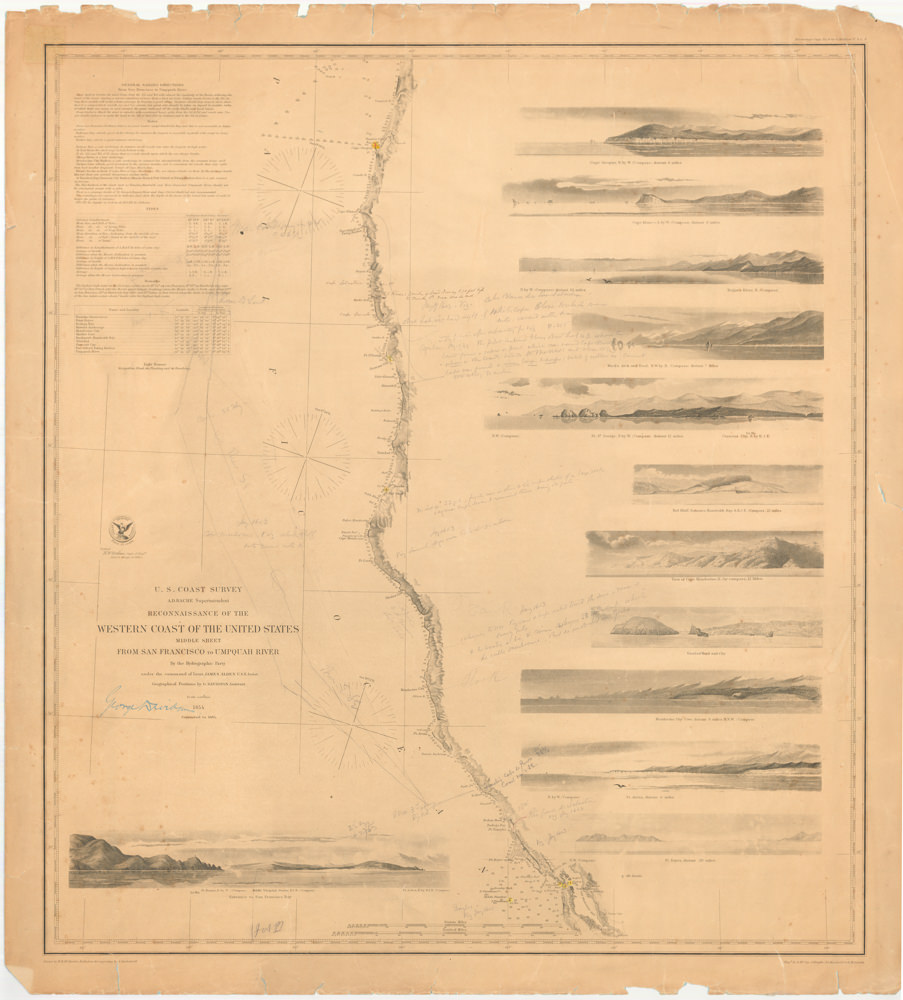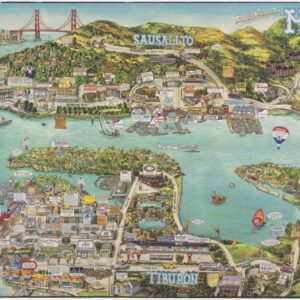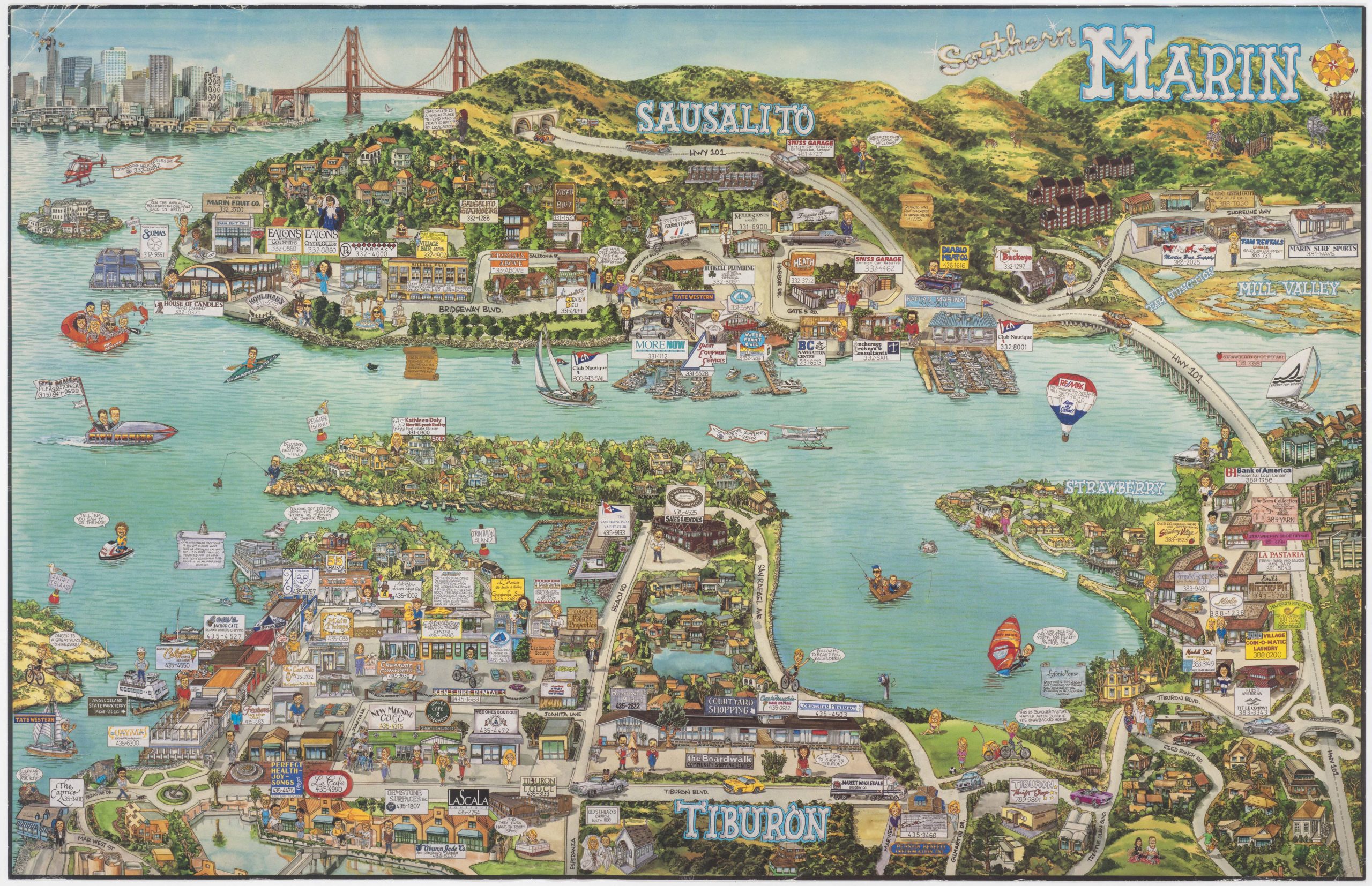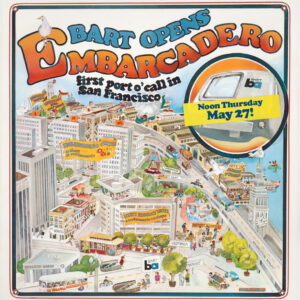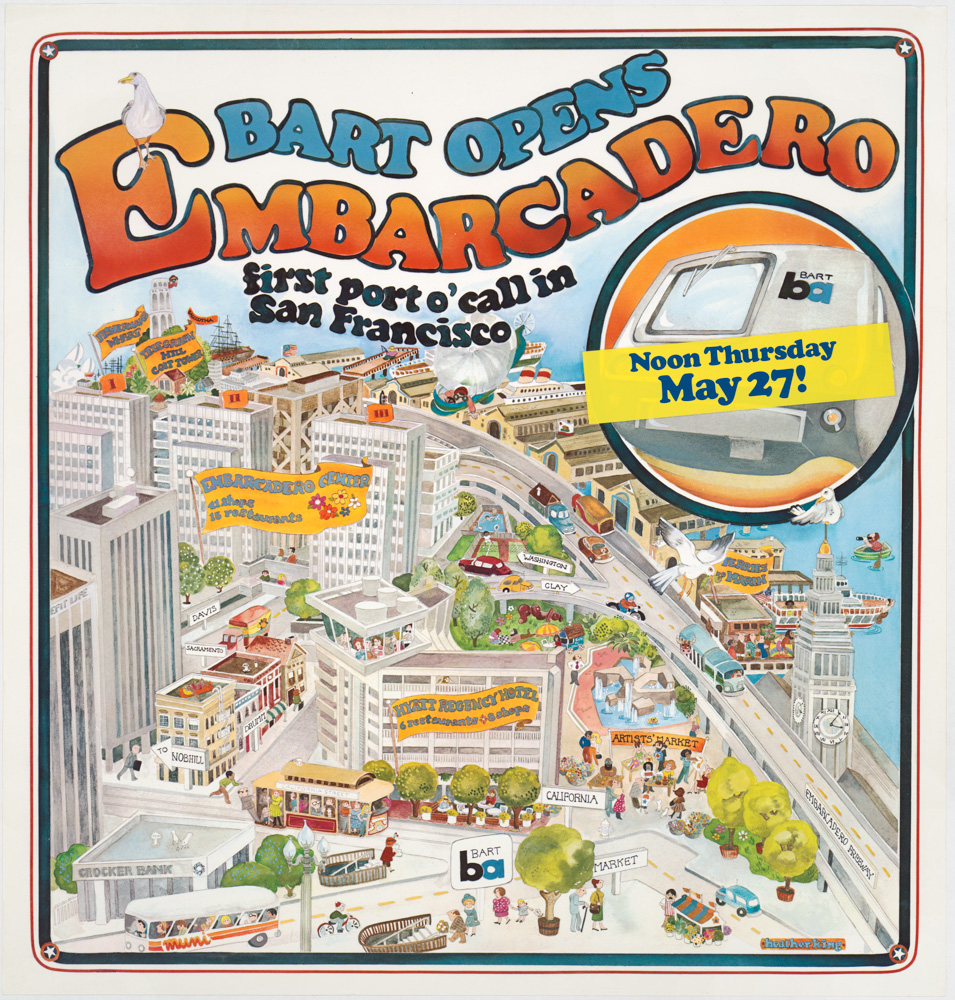A donation from the Jo Mora Trust: Jo Mora’s wonderful 1945 pictorial ode to California.
California
Out of stock
Description
The history of California is as rich as the gold that came from its ancient veins. Throughout its years with inhabitants there have been creative souls who have interpreted her majesty in an artistic manner.
Joseph Jacinto (Jo) Mora (1876-1947) was such an artist who continually found inspiration in California, its people, colors, geography, textures, and history. As a means to celebrate and share the history he loved, Jo drew a series of cartes (maps) that depict the many stories of the American West. The image seen here is the second of two cartes Jo drew to capture the spirit of California.
Working within a very limited space, Jo invites viewers to look closely at the details he drew of the changing clothing styles, transportation methods and the lasting missions of the state’s past. The compact nature of the composition requires repeated viewings of the many little vignettes to take in all of the visual information. This close inspection prompts each of us to stop and look carefully at all the memories California has to offer and hopefully move on with a smile on your face.
This carte, valued at $900.00, is an original, first printing, from 1945, in mint condition, contributed by the Jo Mora Trust. All proceeds will go to this Neatline Antique Maps Covid – 19 fundraising effort.
Sincerely,
Peter Hiller
Jo Mora Trust Collection Curator
jomoratrust.com
Cartographer(s):
Joseph Jacinto “Jo” Mora (October 22, 1876 – October 10, 1947) was a polymath. He was a renowned illustrator, painter, muralist, sculptor, respected art historian, cowboy, and a pioneering ethnographic photographer.
Mora was born in Uruguay but emigrated with his parents to the United States when he was still a child. Settling on the East Coast, Mora went to art school in New York and later worked as a cartoonist for various newspapers in Boston. In 1903, Mora decided to leave the East Coast for California. He would not stay long, though, for the following year he moved again to Arizona, where Mora sought out Hopi and Navajo communities, with whom he settled for an extended period and learned about their languages and cultures.
As part of his work on Hopi and Navajo customs, Mora was one of the first outsiders to be allowed to document ceremonial events and specific individuals using a camera. His systematic effort to record the life and customs of these people is today one of the finest ethnographic collections on the Native tribes of Arizona.
In 1907, Mora was married and moved with his wife to California. Slowly building his career as an illustrator and graphic artist, he settled in Pebble Beach in 1922, where he established a large studio within his home. With his base now set, Mora illustrated a number of popular books, including Dawn and the Dons, The Romance of Monterey (1926), Benito and Loreta Delfin, Children of Alta California (1932), and Fifty Funny Animal Tales (1932). He also wrote three books himself: A Log of the Spanish Main (1933), Trail Dust and Saddle Leather (1946), and Californios (1949), which was published two years after his death.
Outside his work as an illustrator, Jo Mora is best known for his innovative approach to cartography. After moving to Pebble Beach, Mora began producing a range of attractive maps that drew audiences in with their combination of cartoons and reliable information. Among his more essential maps, we find Monterey Peninsula (1927), Seventeen Mile Drive (1927), California (1927 & 1945), San Diego (1928), Grand Canyon (1931), Yosemite (1931), Yellowstone (1936), Carmel-By-The-Sea (1942), and his Map of Los Angeles (1942).
Condition Description
Very good.
References

